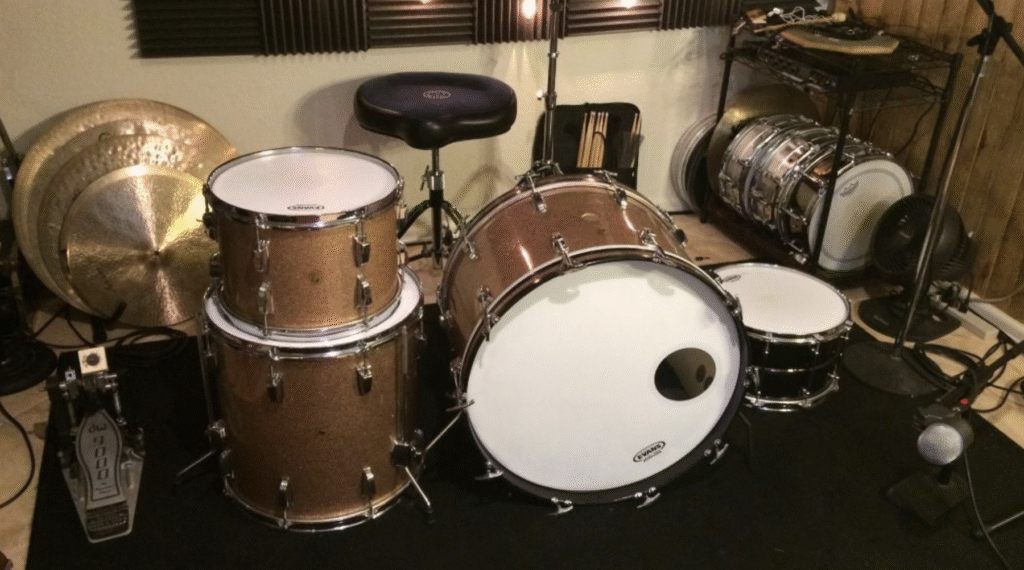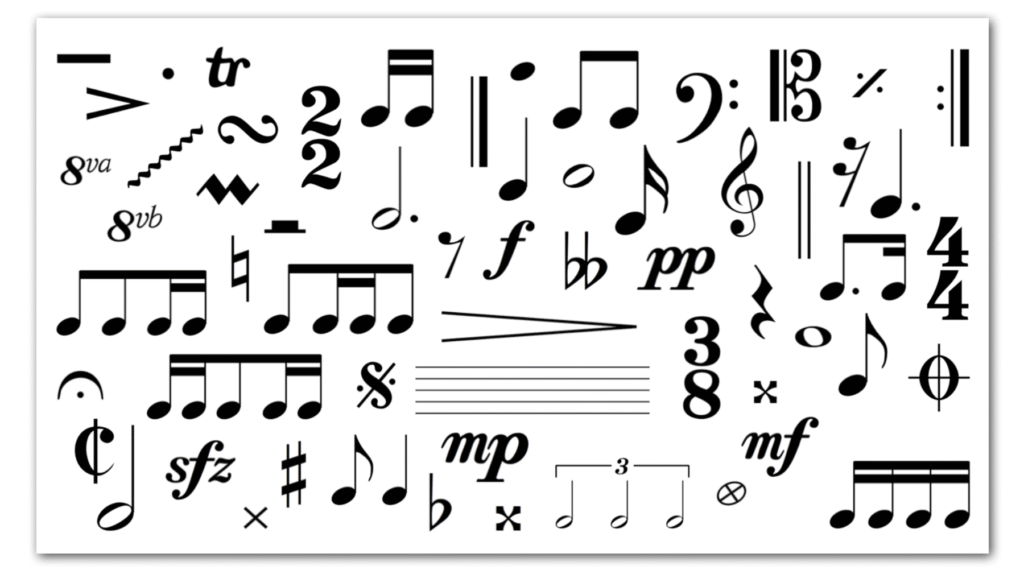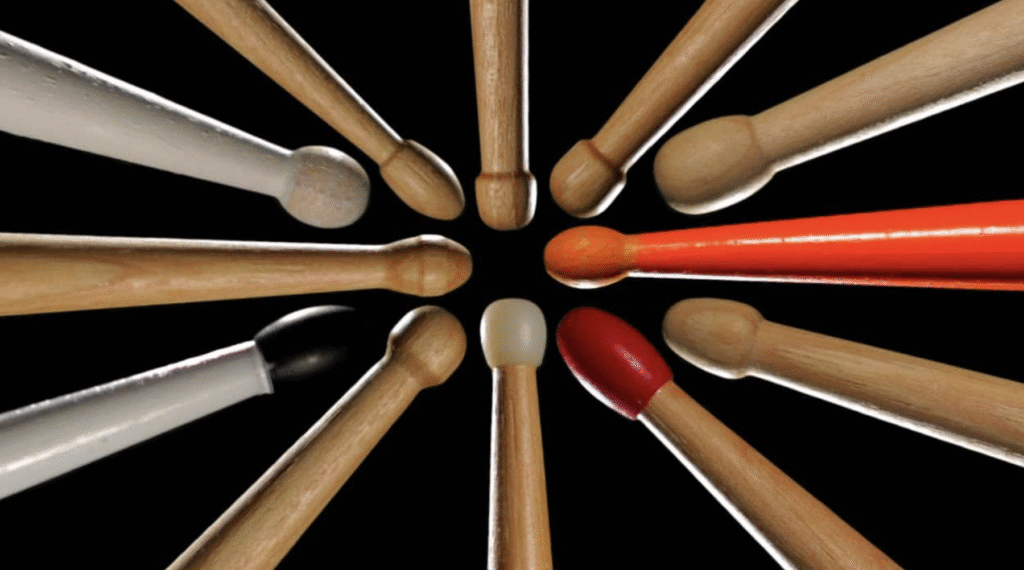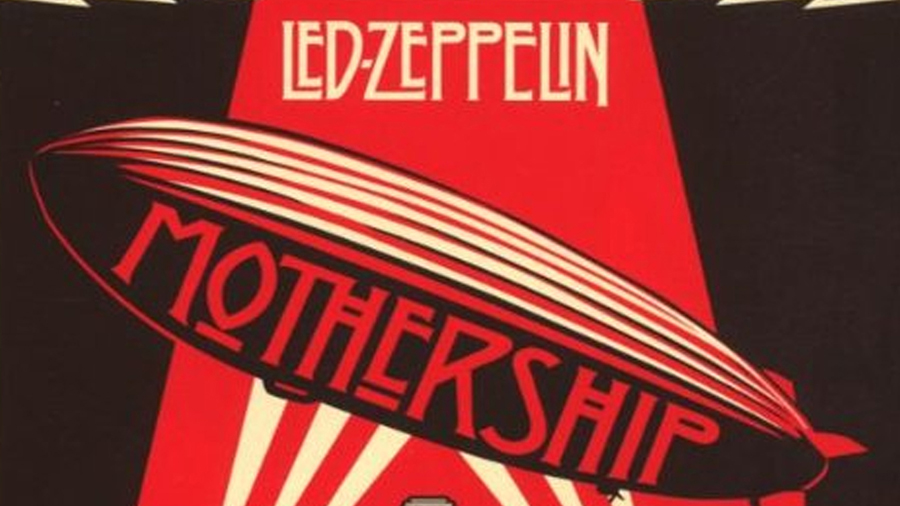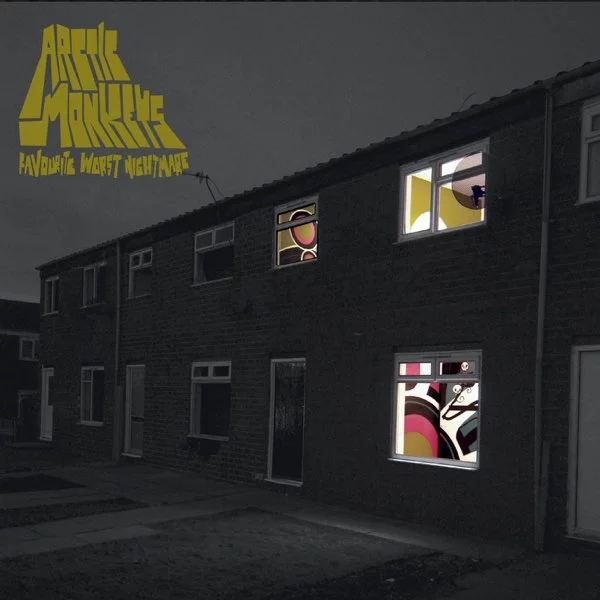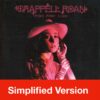What is a 5 Stroke Roll?
What is a 5 stroke roll? It’s one of the most essential drum rudiments every drummer should know. This five-note pattern combines speed, control, and precision in a short burst of rhythm. Whether you’re a beginner or an advanced player, the 5 stroke roll is a must-have tool in your drumming vocabulary.

This is what the 5 Stroke Roll looks like written in drum music. R = Right hand L = Left hand.
This rudiment shows up in solos, fills, and even grooves across multiple genres. From classical snare work to rock drum fills, it offers versatility and power in a compact form. Once mastered, it opens the door to expressive and dynamic playing.
Breaking Down the 5 Stroke Roll
The 5 stroke roll consists of two double strokes followed by a single accent stroke. Here’s the sticking pattern when starting with the right hand:
R R L L R
If starting with the left hand, it looks like this:
L L R R L
The first four strokes are 32nd notes played as doubles (also known as diddles), and the fifth stroke is a louder, accented 1/8th note. That final stroke brings emphasis and ends the phrase cleanly. The roll begins on the count of 1 and finishes on the ‘&’ count. Or you can begin on an ‘&’ count and finish on the next beat.
You can place this rudiment anywhere in a rhythm or phrase. Use it as a lead-in, a transition, or even within a drum fill. Because of its short length, it fits easily into most musical settings.
Why Learn the 5 Stroke Roll?
So, why should you spend time practicing the 5 stroke roll? Here are a few good reasons:
-
Improves Control: This rudiment builds fine motor skills in both hands.
-
Builds Speed: You’ll learn how to play clean, fast doubles with ease.
-
Boosts Musicality: It’s great for adding flavor and expression to fills and solos.
-
Develops Stick Technique: You’ll improve bounce, rebound, and stroke accuracy.
Whether you’re into rock, jazz, funk, or marching snare, this rudiment will serve you well.
How to Practice the 5 Stroke Roll
It’s easy to rush through rudiments, but taking your time is key. Here are some steps to help you practice effectively:
1. Use a Practice Pad
Start on a pad to focus on technique without distractions. Keep the diddles tight and controlled.
2. Slow it Down
Play the pattern slowly and evenly. Don’t worry about speed at first—accuracy matters more.
3. Focus on Rebound
Let the sticks bounce naturally. Don’t force the doubles. Use finger control for speed and precision.
4. Accentuate the Last Stroke
Make the fifth stroke stand out. It should be louder and more defined than the rest.
5. Alternate Hands
Practice both right-hand and left-hand leads. This builds balance and coordination.
6. Use a Metronome
A metronome helps with consistency. Gradually increase the tempo as you gain confidence.
Applying the 5 Stroke Roll on the Drum Kit
Once you’re comfortable on a pad, take the 5 stroke roll to the drum kit. Here’s how:
Add it to Fills
Play the roll on the snare, then move the final stroke to a tom or crash. This creates a dynamic and expressive fill.
Use it in Grooves
Incorporate the roll between hi-hat and snare notes for ghost note effects or rhythmic accents.
Try Different Surfaces
Play the doubles on the hi-hat and end on the snare. Or reverse it. These variations help build creativity.
Layer with Bass Drum
Add a kick underneath to match the rhythm or create syncopation.
Experiment and have fun—this rudiment is incredibly versatile.
Common Mistakes to Avoid
When learning the 5 stroke roll, keep an eye out for these pitfalls:
-
Inconsistent Doubles: Uneven spacing can throw off the groove.
-
Weak Accent Stroke: Make sure the fifth stroke stands out clearly.
-
Overusing Arm Motion: Let your wrists and fingers do the work instead.
-
Speed Before Control: Focus on clean execution before increasing tempo.
Fixing these habits early leads to cleaner, more professional playing.
How the 5 Stroke Roll Helps in Real Music
You’ll hear this rudiment in countless recordings. Drummers like Steve Gadd, Vinnie Colaiuta, and Buddy Rich used it regularly. It fits perfectly into jazz solos, rock breakdowns, and funk grooves.
Drumline players often rely on it for crisp, articulate phrases. In orchestral settings, it’s essential for snare drum parts. And in pop and rock music, it adds texture and excitement during transitions.
Knowing how to play it well gives you a serious advantage, no matter your style.
Make It Part of Your Routine
Practice the 5 stroke roll daily for just five minutes. Include it in your warm-up or mix it into your rudiment workouts. Track your progress using a journal or app.
Over time, your hands will become faster, your strokes cleaner, and your drumming more expressive.
Tips:
- The music for the roll is read: RR LL R- LL RR L
- Practise slowly at first, listening to the evenness of each note
- Start to bounce the double strokes (RR,LL) as you increase speed- 2 notes for each wrist stroke
Final Thoughts
So, what is a 5 stroke roll? It’s a short, powerful rudiment that packs a punch. From building technique to boosting creativity, this five-note phrase has it all. It’s easy to learn, fun to play, and incredibly effective in real music.


